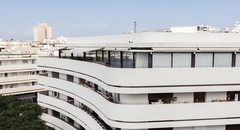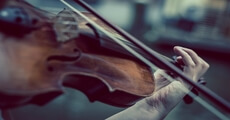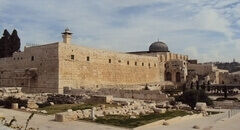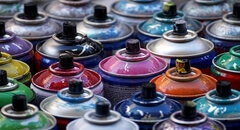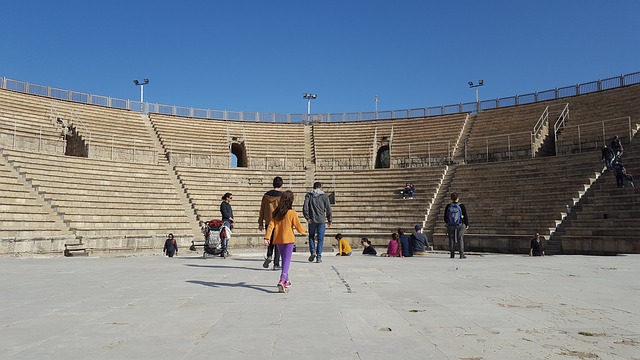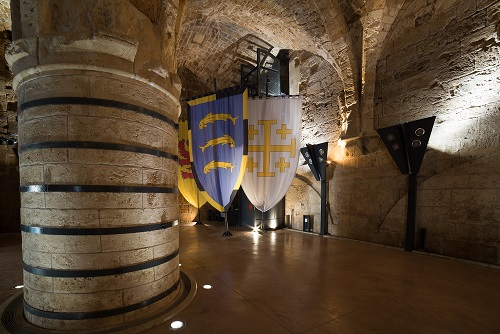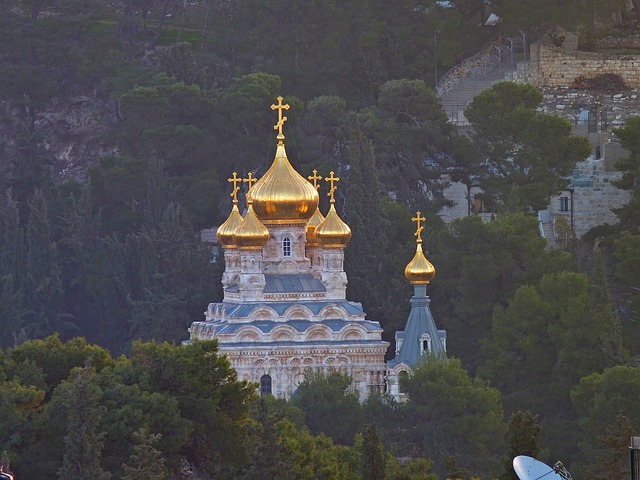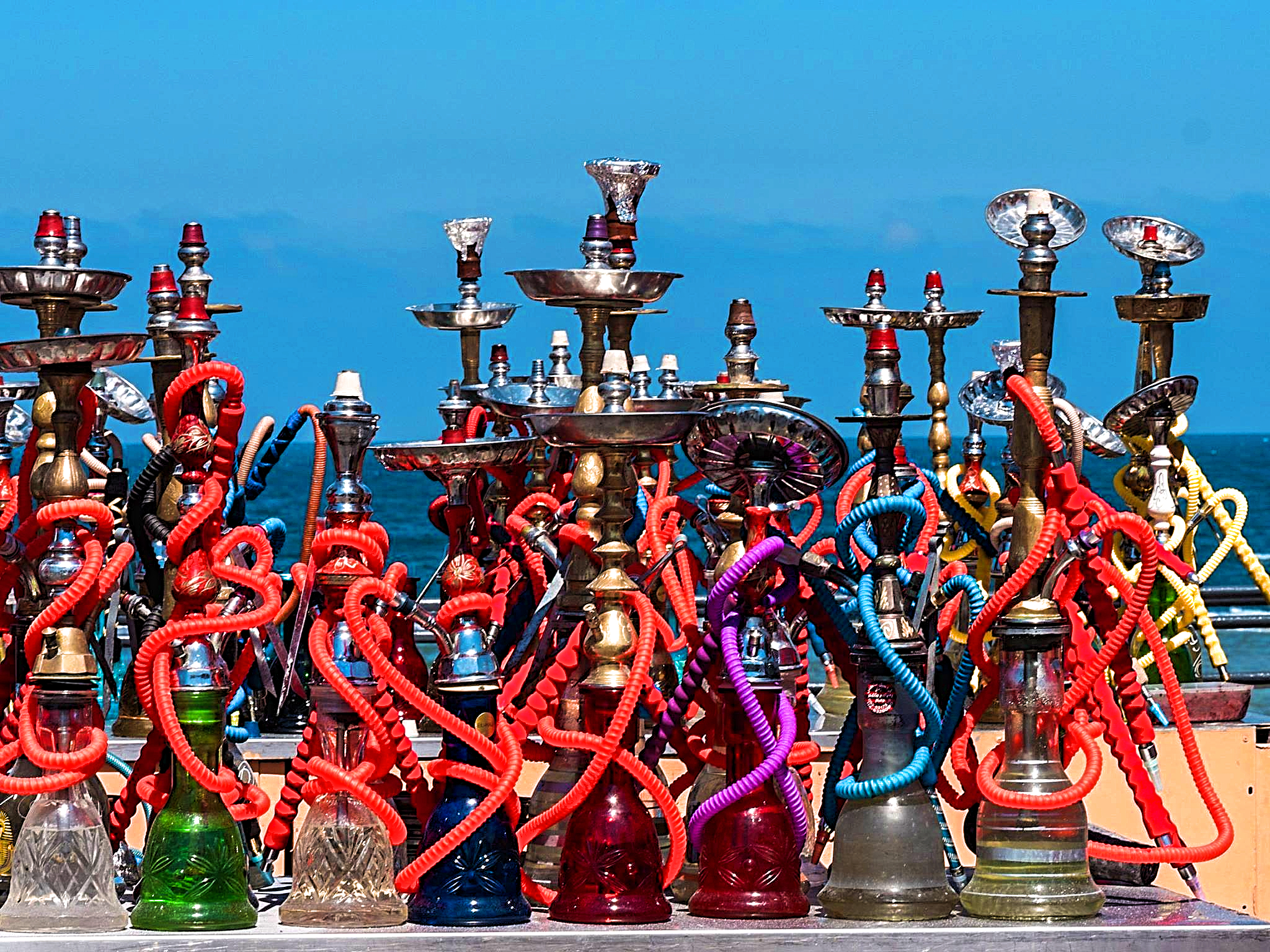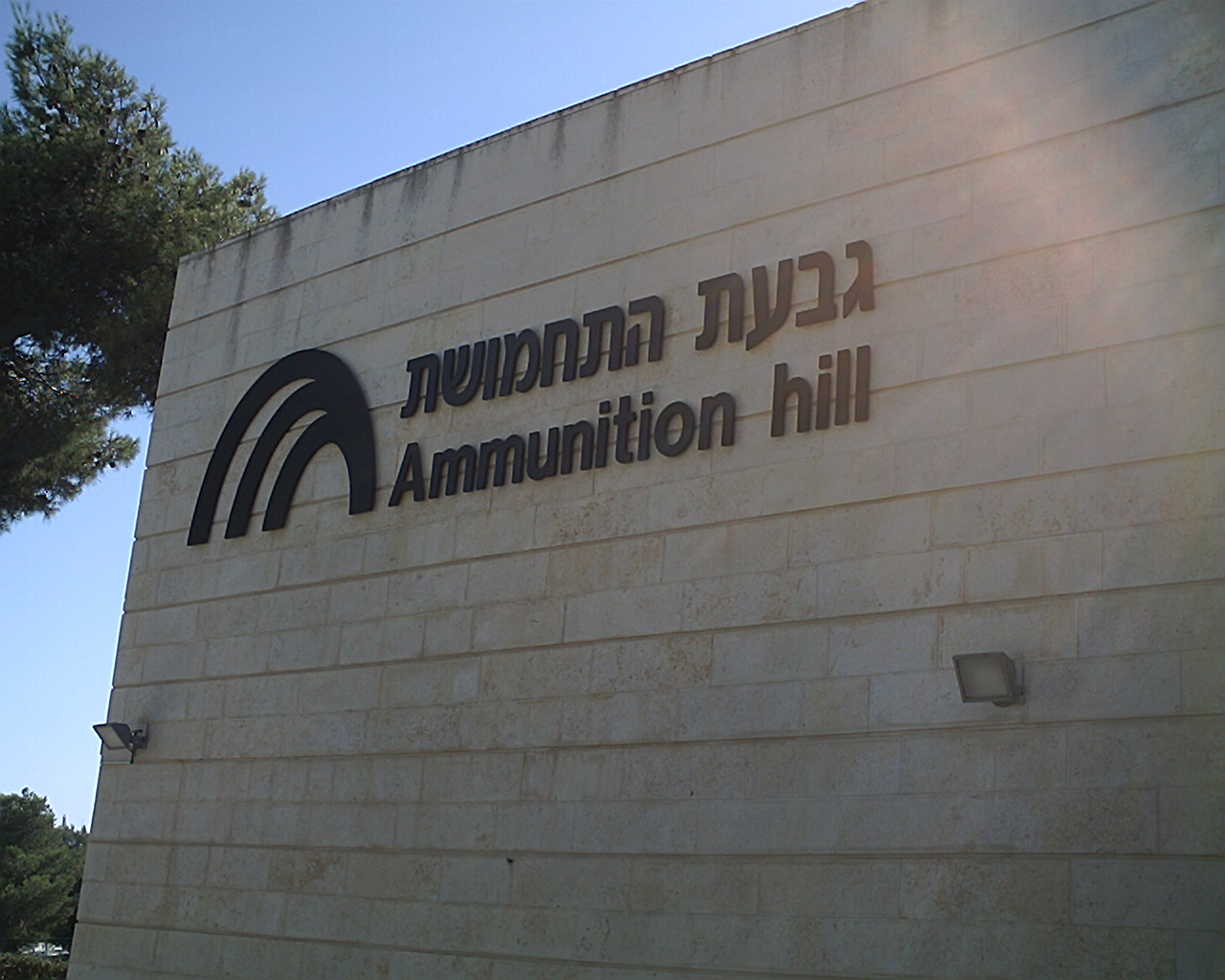Couples Vacation in Israel
Israel is a fantastic destination for a couples get-away, there is gorgeous countryside, exotic deserts, crystal clear sea, sandy beaches, romantic restaurants and many unique places to stay. Avoid the large hotels during the Israeli school holidays when Israeli families take over with screaming kids in tow. Stick to the smaller, intimate boutique hotels, B&BS and rural hideaways or the exclusive city hotels. Here are a selection of top romantic things to see, do and experience as a couple in Israel.Young couple on a beach. Photo by Toa Heftiba on UnsplashTop 10 Romantic Things to do in Israel. Where to Eat and Where to StayIsrael has so many small and intimate mamma and papa establishments that you are bound to discover your own favorite romantic restaurant. However, a few of the most famously romantic Israeli eateries include Cavalier, a French restaurant in Jerusalem; Zuni with its balcony seating in Jerusalem; Adora in Tel Aviv and Shiri Bistro in the quaint town of Rosh Pina. Aladin is a restaurant perched on the cliff of Old Jaffa with views of the sea and coastline all the way back to Tel Aviv. If you want to indulge yourselves then try Max Brenner’s Chocolate Bar is Herzliya. You will feel like you are walking into Charlie’s Chocolate Factory!A happy couple traveling. Photo byCarly Rae HobbinsonUnsplashTo find a secluded and intimate “zimmer” try searching on zimmeril.com where they list many romantic B&Bs where the room is a separate suite in the garden or surrounded by beautiful foliage. These zimmers are geared towards couples looking for some quality time along. They often have candles, a jacuzzi, soft lighting, chocolates, and wine to make the occasion even more romantic. Other renowned romantic hotels include the prestigious King David Hotel in Jerusalem overlooking the Old City; the French chateau-style romantic suites of Bayit Bagalil in the Upper Galilee and the Herods Hotel in Eilat.Romantic sunset with cocktails. Photo by Kaur Martin on Unsplash1. Spa Experience in IsraelIsrael-SPA-stone-massageIsraeli’s love spas! You will find a spa in every reputable hotel as well as spa treatments offered in the smallest of B&B. In every mall and on every high street there are day spas offering couple’s treatments which usually include an aromatic bath together, snacks and massages. Carmel Forest Spa Resort is the crème de la crème of Israeli spa experiences. Nestled in the greenery of Mount Carmel overlooking Haifa they offer indoor and outdoor pools and a myriad of pampering spa treatments. Israel also has a few hot spring resorts including Ramat Gader’s SpaVillage Hotel in the Golan Heights.Spa & Wellness Center.Photo byRaphael LovaskionUnsplash2. Wine Tasting in IsraelIsrael has over 80 wineries, some on the doorstep of Tel Aviv and Jerusalem. Some of the wineries welcome guests without a prearranged appointment and others require a booking. The wineries offer tours and wine tastings. There are 5 main wine-making regions in this small country – Galilee-Golan, Shomron, Samson, Judean Hills, and the Negev. Among the wineries which welcome visitors, there is the Neot Semadar Winery, Dishon River Winery, and the Agada Cheers Winery.3. Banias – The Garden of EdenIf you are the outdoor type take a trip to the Golan Heights and the Banias a natural spring surrounded by lush vegetation. This is said to have been the Garden of Eden. The Hermon Stream is within Banias National Reserve and there are marked routes for you to follow through the forests, over Roman bridges, passed Crusader ruins and ultimately you will reach the romantic Banias waterfall.Banias Nature Reserve, Israel. Photo credit: © Oksana Mats4. Desert Experience in IsraelIf you’re up for an adventure why not stay in a Bedouin tent overnight and enjoy true Bedouin hospitality in the desert. Kfar Hanokdim is one of the places where you can have a Bedouin desert experience which includes camel rides, meals, and overnight accommodation. If you are less keen on the overnight stay then you can always just go for an early morning or late night camel ride across the desert. Mitzpe Ramon is a romantic place to start your desert adventure. This elevated ridge overlooks the Ramon Crater, a magnificent sight that will take your breath away. You could stop just for the view or stay at one of the romantic hotels at Mitzpe Ramon.Camel Riding in the Negev, Israel.Photo byJames BallardonUnsplash5. Endless BeachesIsrael’s long Mediterranean Sea coast offers wide sandy beaches, some of which have lifeguards on duty and others which are more secluded. A few favorite beaches for lovers include Beit Yannai, Aqueduct Beach in Caesarea,and Dor Habonim beach. Take your loved one down to the beach to watch the sunset.6. Renew your VowsJerusalem is a holy city for Jews, Muslims, and Christians and it is home to so many exquisite churches. Why not find your favorite church and renew your vows.7. Shopping in JaffaThis one might be more for the women than the men but it can make a romantic outing. Jaffa is the site of an outdoor antique and junk market - Jaffa Flea Market. It is perfect for bargain hunters or newlyweds looking for unusual items for their new home. If you like shopping then you are not alone as Israeli’s love shopping. You will find many malls, stores, and markets across the country.Jaffa Flea Market. Photo credit: © Dmitry Mishin8. Eilat DivingEilat in general is a wonderful destination for couples; it has the beautiful translucent water of the Red Sea, luxury hotels, water sports, beaches, TAX-free shopping, attractions, spas, and even a mall with an ice rink in the middle. For something really special go on a diving excursion and explore the coral reefs together.9. Wohl Rose Garden JerusalemTake a romantic walk through this fragrant rose garden where there are more than 15,000 rose bushes and 400 varieties of roses. There are benches along the path where you can sit undisturbed and have a few romantic moments.10. Hot Air BallooningTake an early morning hot-air balloon ride from Kibbutz Ruhama over northern Negev. The company organizing the experience can provide breakfast or spirits for your romantic trip above the Holy Land. Hot air ballooning is a wonderful way to make your partner's birthday memorable. The flight will be nothing short of epic: you will see the sunrise, spot some wildlife, admire Israel from a unique perspective, enjoy mesmerizing sceneries, and drink champaign.To book a customized tour in Israel feel free to check our Private Tours.Hot air ballooning. Photo byFrancesco UngaroonUnsplash


